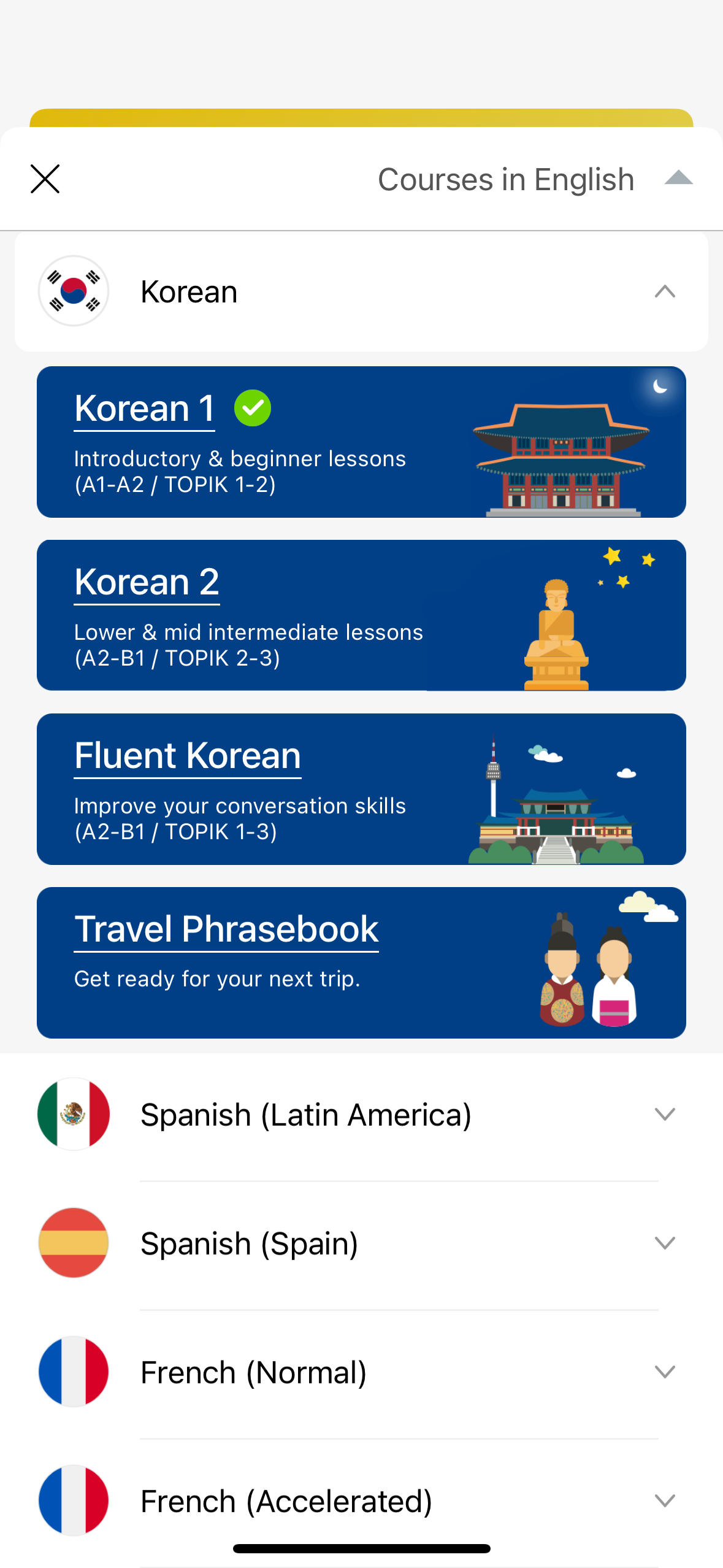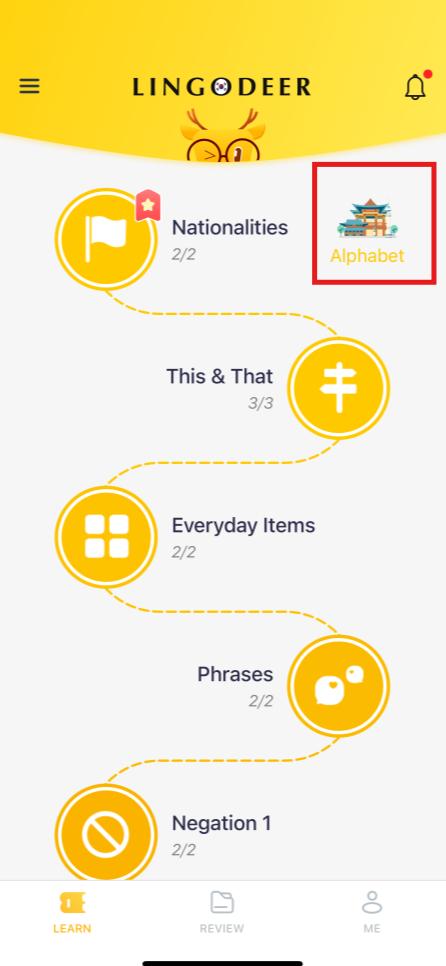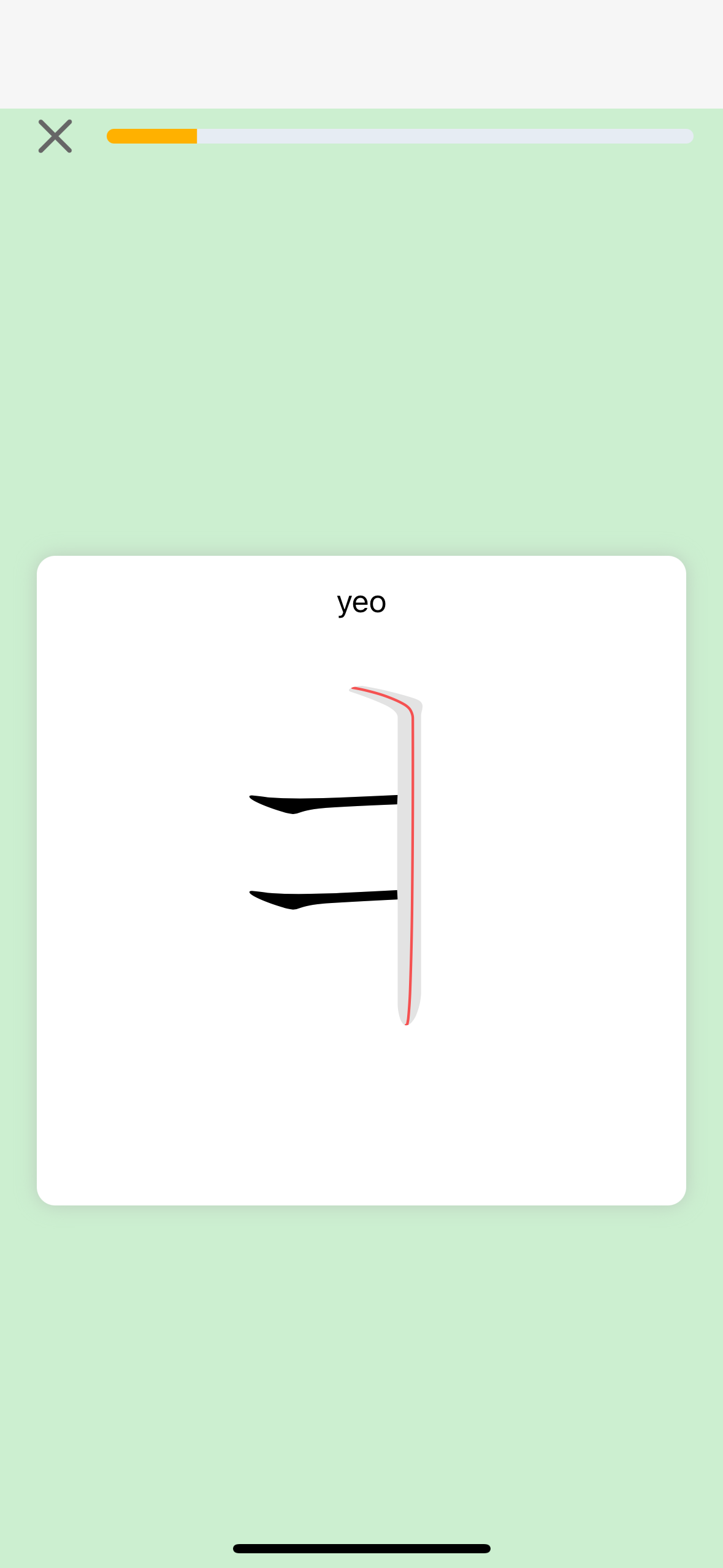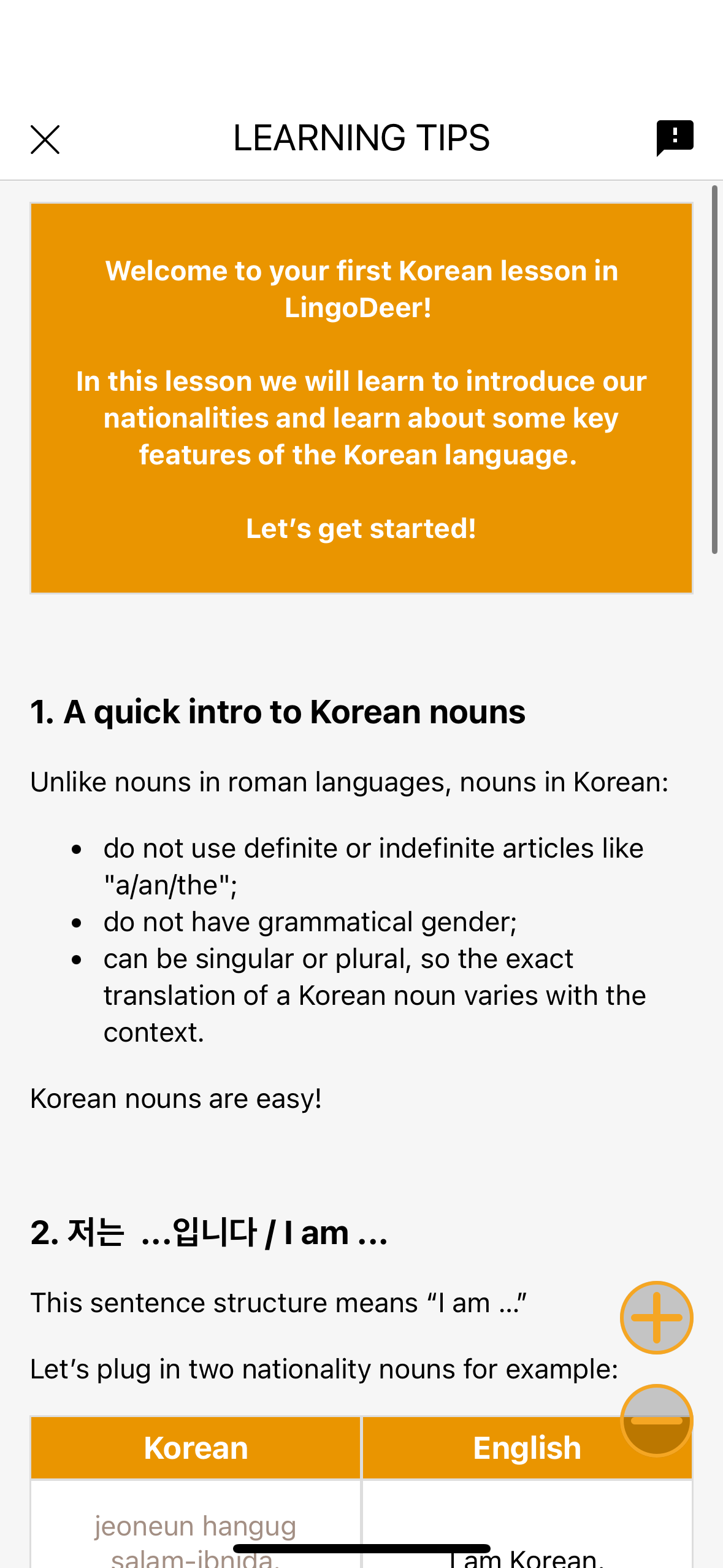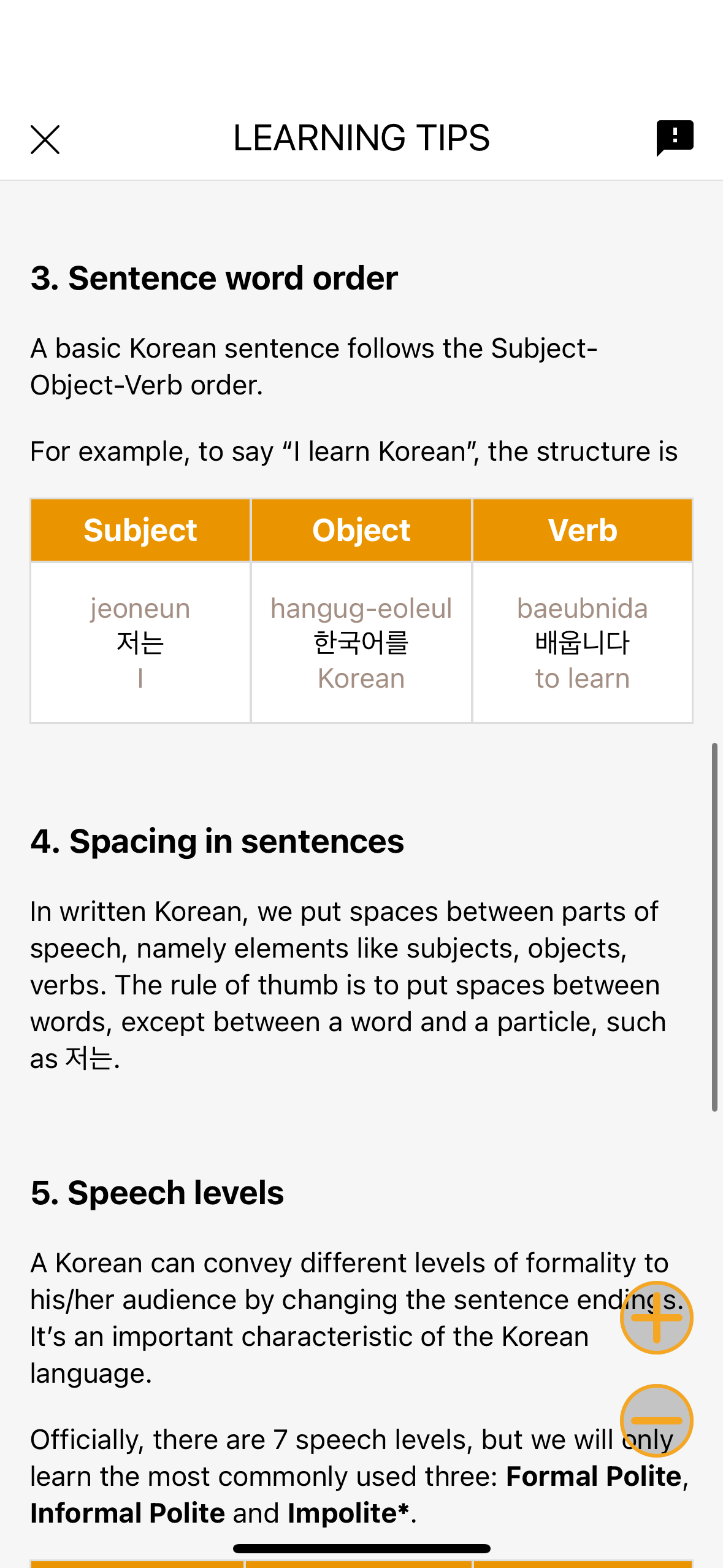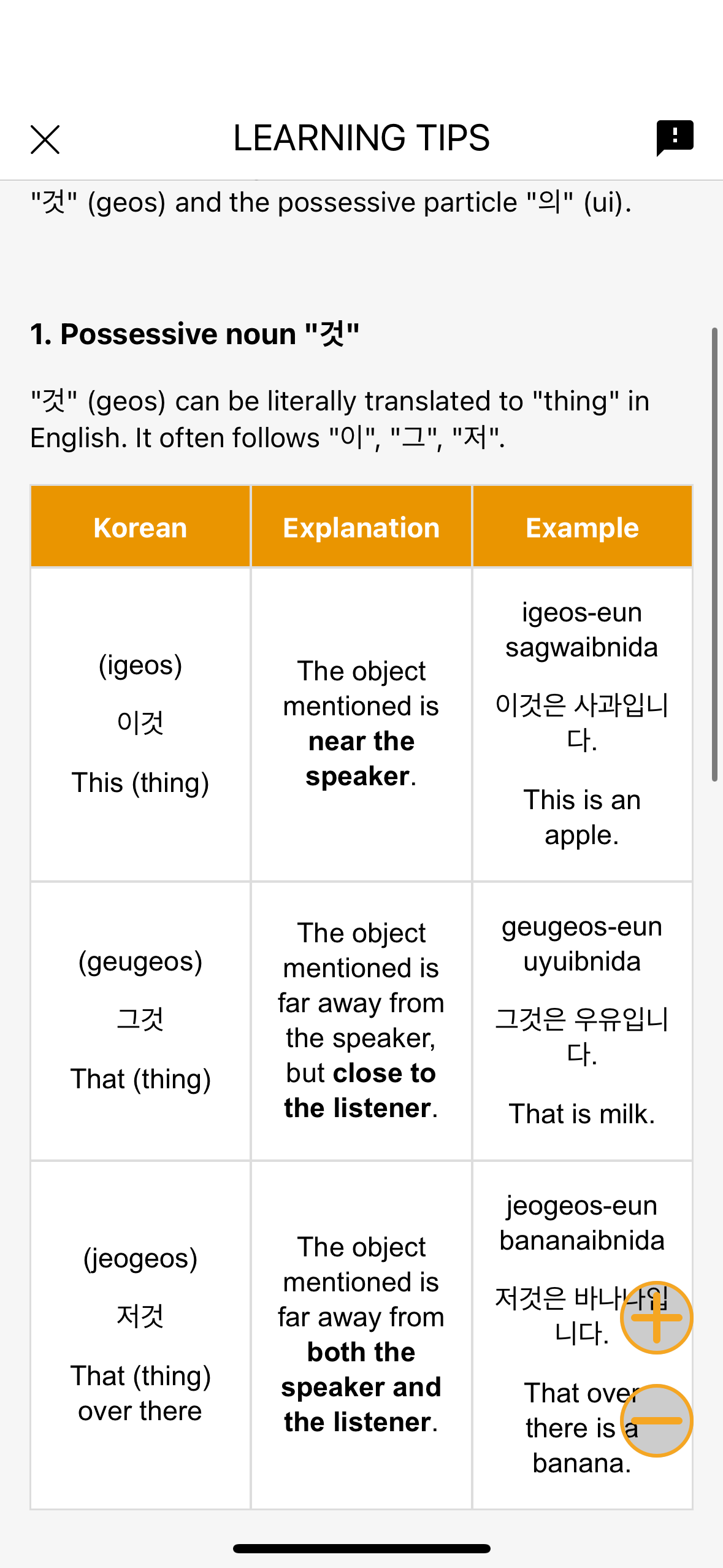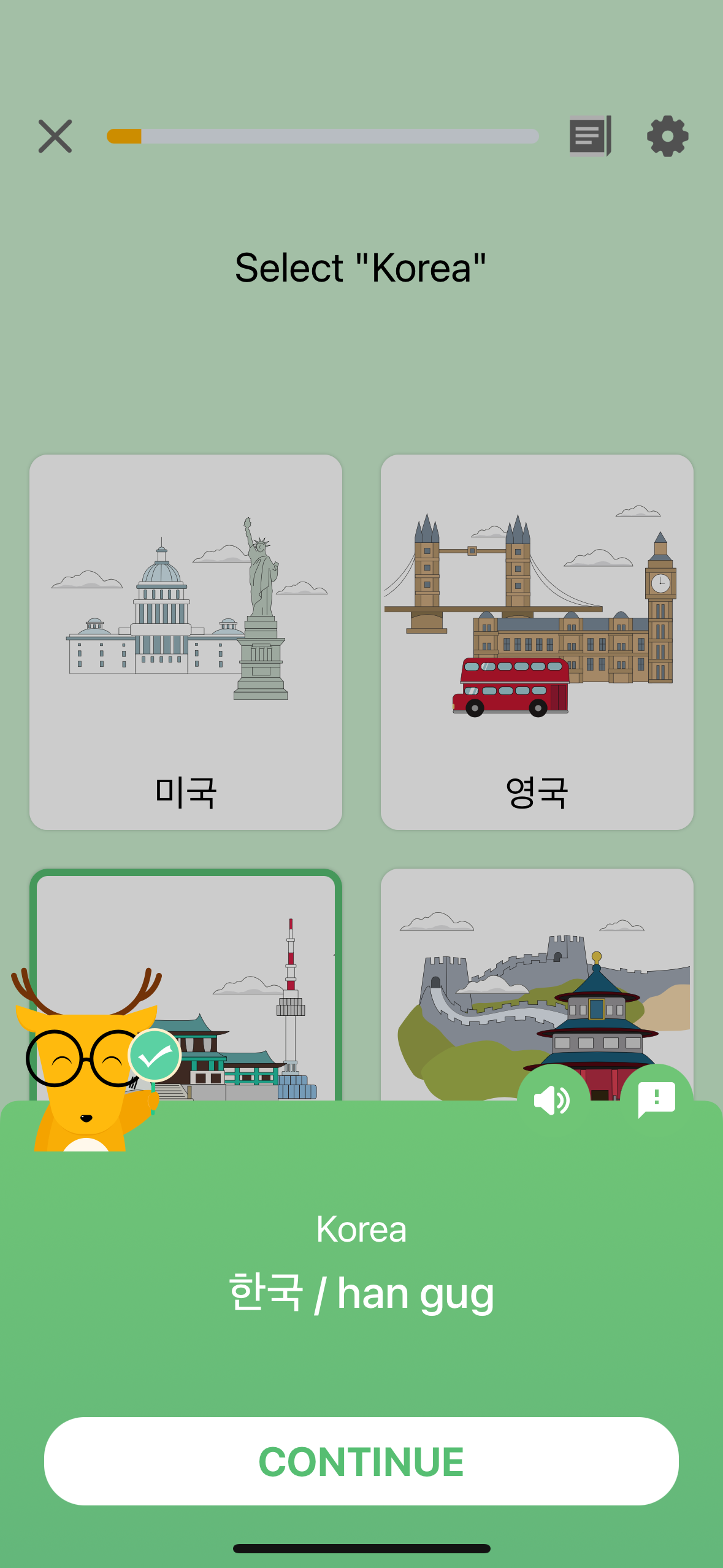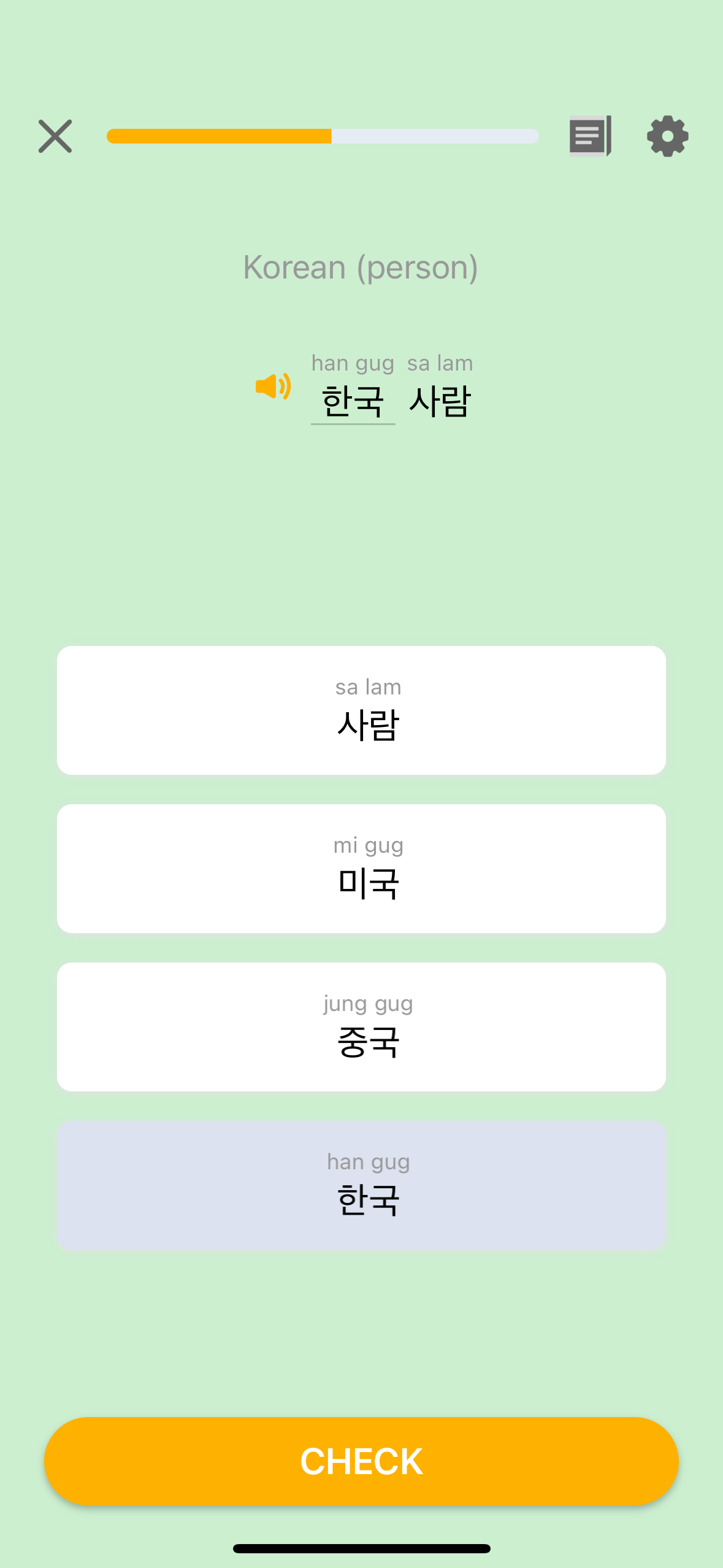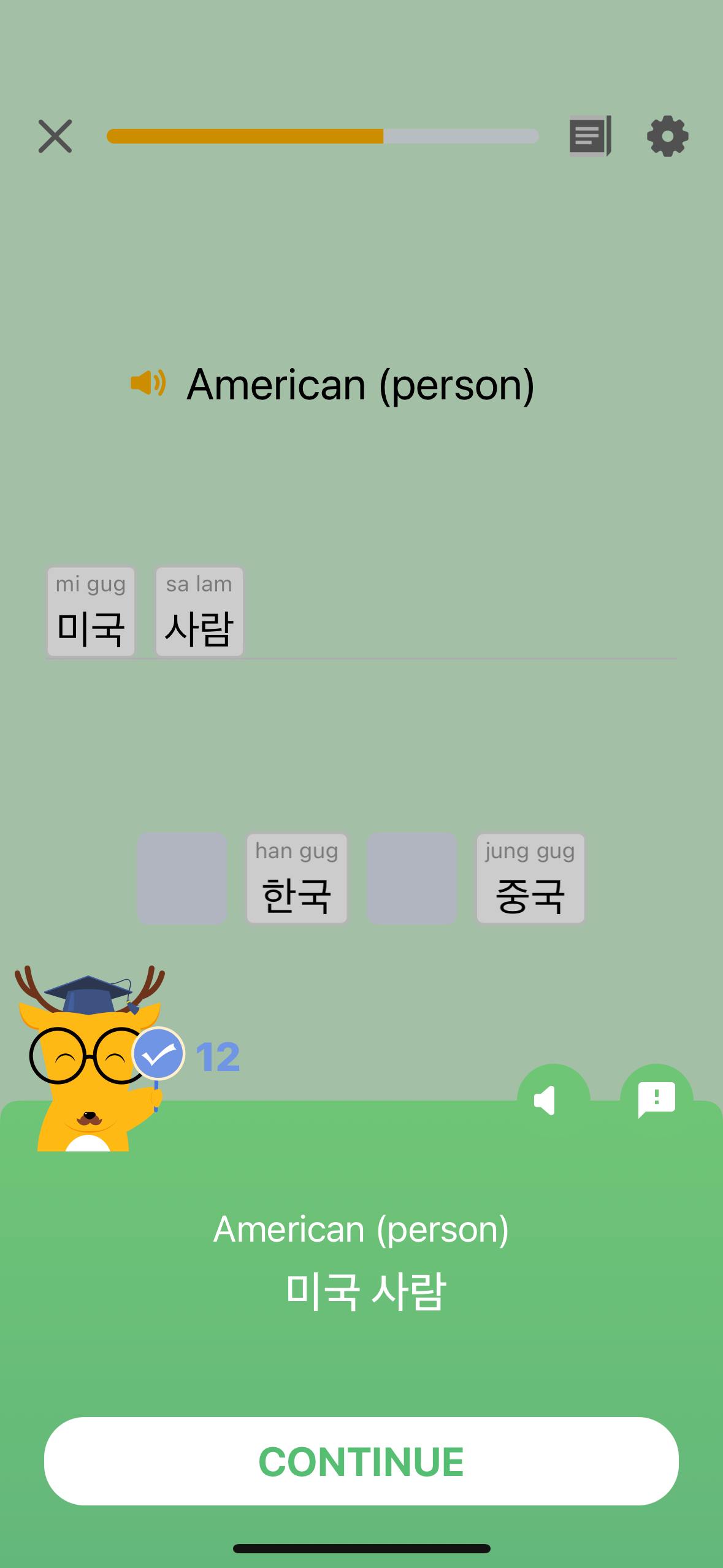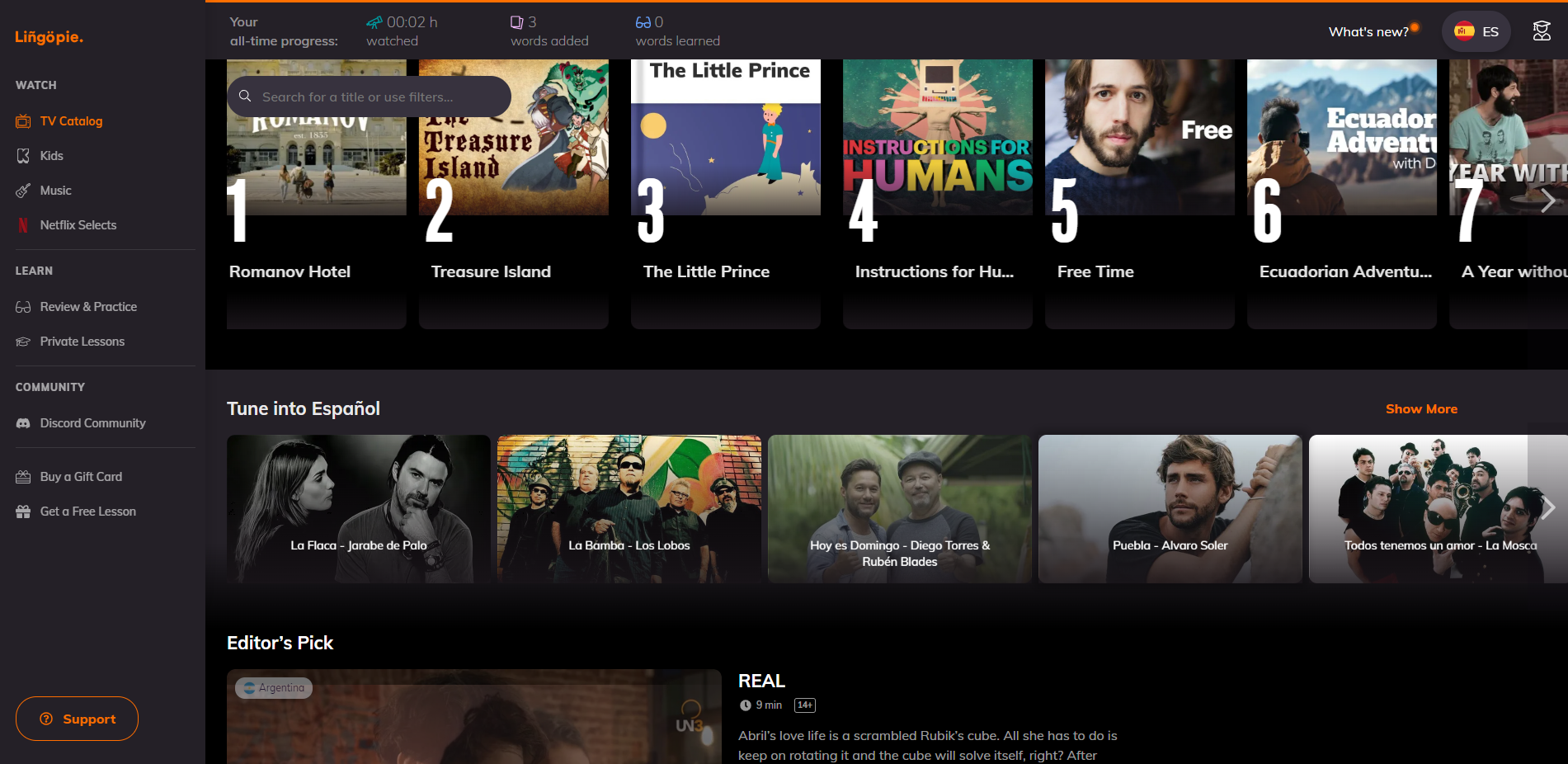LingoDeer Review: Is It the Best App for Learning Korean?
written by: Krystof-Sandor Harfst
Table of Content
When it comes to learning Asian languages, LingoDeer often tops the list. Curious about this claim, I decided to give this Korean language app a try with ZERO knowledge of Korean for two weeks and see how much I could learn.
After just two weeks, I was thrilled to find that I could memorize all of Hangul and even introduce myself in Korean! So, in this LingoDeer review, I’ll share my experiences and insights into learning Korean with this fantastic app.
| Pros | Cons |
|---|---|
| Detailed and well-structured grammar explanations | Limited depth for more advanced learners |
| Clear reding up audio by real humans in all lessons | Can't skip ahead; must "test out" for each Course |
| A dedicated Alphabet section (Hangul) to build a strong language foundation | Can't skip ahead; must "test out" for each Course |
| User-friendly and easy-to-navigate interface |
Overview of LingoDeer
What is LingoDeer?
LingoDeer is a language learning app that offers structured, engaging lessons across various languages. Now, you can learn up to 19 languages with LingoDeer:
- Korean
- Japanese
- Chinese
- Vietnamese
- Thai
- Hindi
- Indonesian
- Malay
- Spanish (both Latin America and Spain)
- French
- German
- Italian
- Portuguese
- Russian
- Arabic
- Turkish
- Greek
- Ukrainian
- Polish
You can choose your native language as a base for learning. For example, if you're an English speaker wanting to learn Korean, there you go:
You can start your Korean learning journey on their website, or download the app from the App Store or Google Play. Setting up your account is quite straightforward, feel free to check out this earlier post for more.
How LingoDeer Works
LingoDeer specializes in beginner to intermediate Korean lessons (TOPIK levels 1-3, or A1-B1 in CEFR). This makes it an excellent resource for those of us who are complete newbies to Korean and want to learn Korean effectively.
One of the standout features of LingoDeer is its structured courses combined with comprehensive Learning Tips. It’s a game changer, seriously! Since Korean owns a completely different language system from English or German, it can feel overwhelming at first. However, with LingoDeer’s step-by-step Learning Tips, I found myself understanding the Korean language more easily, making the learning process more enjoyable.
Many language apps try to gamify the learning experience, which can sometimes lead to learners feeling like they aren’t making progress. But LingoDeer is different. It maintains a focus on effective Korean learning, so if you are a serious learner, LingoDeer is your must-have app!
My Korean Learning Journey with LingoDeer
For your reference, here’s how I approached my two weeks with LingoDeer:
Step 1: Master Hangul (they call it Alphabet though)
I started by heading to the LEARN tab and tapping the “Alphabet” icon at the top right corner.
This section is key to familiarizing yourself with all the Hangul. I made sure to click each “audio” button to hear how to pronounce them. The clarity of the human-recorded audio made a huge difference in my learning experience! After three days of repetition, I was able to memorize about 80% of the characters. And the best part? You can always revisit this section if you forget any Hangul.
Before diving into the Korean lessons, I strongly recommend you checking out the Learning Tips. This is like a little notebook helping you organize the key points in the course. The detailed explanations helped me grasp the basics of Korean even as a complete beginner. I even took notes on paper as the lessons got more complex!
Step 3: Complete the Lessons
Once I had a good grasp of the Learning Tips, it’s time to take the actual Korean lessons! The lesson exercises are similar to those in Duolingo—think matching images, filling in blanks, and completing sentences. This variety kept me engaged and motivated. Also, each lesson is broken into bite-sized chunks, so it’s easy to feel a sense of achievement after each session.
Step 4: Review what I learned
LingoDeer has a handy Review tab that lets you revisit what you’ve learned. I typically use this on weekends when I have more time to reflect. The tab helps me identify areas where I need to improve and reinforces my knowledge through quick quizzes. After pinpointing my weak spots, I head back to the Learning Tips and lessons to refine my understanding.
That’s pretty much how I’ve been learning Korean with LingoDeer! I just repeat step 2 through 4 for each course, and I would continue this learning process to level up my Korean skills in the future!
There are also some great supplemental materials in the app. If you’re at a more advanced level, you can check out short conversations in the “Fluent Korean” section. Plus, the Travel Phrases section is like a mini handbook for your trips to Korea! While I haven’t fully explored these yet, I’m excited to check them out as my Korean improves.
What I Like About LingoDeer
- Detailed Grammar Explanations: This is what truly sets LingoDeer apart. The thorough grammar notes make the complexities of the Korean language more manageable, especially for English speakers.
- Clear Audio: Unlike many apps that rely on AI for audio to cut the cost, LingoDeer uses real human voices. This creates a more authentic learning experience and helps you get accustomed to natural Korean pronunciation.
- Hangul Chart (Alphabet): If you are new to Korean, please spend some time in this section before diving into the lessons. The foundational knowledge is crucial when you are learning Korean!
What could be better about LingoDeer
- Advanced Lessons: While LingoDeer excels for beginners and intermediates, it might not challenge advanced Korean learners enough. Once I pass TOPIK 3, I probably need to look for additional resources.
- Skip Functionality: The lessons start from the basics, literally from “annyeonghaseyo" (안녕하세요).” If you already have some knowledge, you’ll need to "test out" of each unit to move forward. I would suggest that a more intuitive skipping process could enhance the experience for seasoned learners.
- More Authentic Clips: With K-pop and K-dramas gaining global popularity, adding more authentic content to the app could attract a wider audience and keep Korean learning more engaged.
LingoDeer Cost
LingoDeer offers following subscription plans, each designed to fit different budgets and commitment levels:
| Plan | Price | Notes |
|---|---|---|
| Monthly Plan | $9.99 | Billed every month |
| Annual Plan | $49.99 | Billed annually |
| 6-Year Plan | $71.99 | One-time payment, valid for 6 years |
Overall Thoughts on LingoDeer
As the saying goes, if you want to learn Korean, LingoDeer is a fantastic choice. I really liked how they structured each lesson, making it ideal for beginners, especially those who are from the other side of the planet. I want to say that the LingoDeer’s team clearly understand the challenges that Korean learners face, offering features like Learning Tips and real human audio. It feels like LingoDeer was created with learners in mind!
If you’re interested in starting your Korean learning journey, why not give LingoDeer a try?

Share this article!


